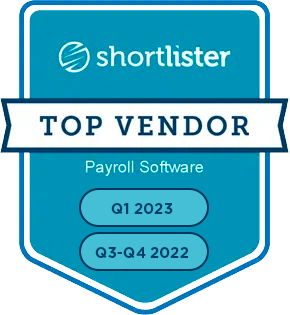Open any newspaper or turn on any news channel, and you hear reports about the sheer numbers of employees leaving their jobs or considering quitting.
And since this ongoing attrition is by no means industry-specific, it is upending day-to-day workflows across the board.
If your organization is looking to stop employee departure before it happens, there are actionable steps you can take to change the employee experience at your company.
Below, we explore a handful of employee experience must-haves, as well as how you can make them a reality at your organization. Read on to learn more about how to improve both the digital employee experience and for your in-office teams.
What is the Employee Experience?
The term employee experience has become synonymous with culture, but the two are actually vastly different.
Employee experience refers to how employees experience and internalize their interactions with your company. While culture is defined as your organization’s personality and priorities, how employees interact and experience their workplace.
What Makes a Good Employee Experience?
A good employee experience doesn’t just happen sporadically. You need an employee experience strategy in place to help create an environment that supports a good employee experience. While everyone’s priorities are different, aligning with the dominant culture among your current and future employees enables you to build an experience that aligns with their values.
This starts with creating the best employee onboarding experience and extends to review sessions and even offboarding. Essentially, it’s about creating a positive experience throughout the entire employee lifecycle.
Employee Experience Must-Haves
Armed with a better understanding of what employee experience is, you can begin building an employee experience strategy that can help you attain and retain top talent.
Autonomy
When employees feel trusted to do their jobs, they do their jobs better. By creating a culture that prioritizes autonomy, you create an employee experience that not only supports employees as they execute their job functionality, but also reassures them that they are trusted.
By eliminating practices like micromanaging, employee experience management strategies can take precedence, imbuing feelings of contentment and pride in all your employees. When autonomy is a strong value that is reinforced throughout management and messaging, you can assume that your employees are much more likely to be retained.
Strong Leaders and Validation
A company can’t be great without great leaders.
If you’re hoping to implement an employee experience strategy at your organization, you need to assess your leadership capabilities. In addition to strong leadership at both the C-suite level and across the organization, you need to ensure that your employees feel valued.
This can be accomplished on a one-on-one basis through direct reports, as well as through company-wide celebrations that praise the accomplishments of all employees.
People-First
A lot of companies claim to be people-first, but this promise is never actually realized. To become a people-first organization, you must first ascertain what is important to your employees by learning about them.
Discover what they want, what motivates them, what matters most to them, and what their goals are. After you gain a complete understanding of your employees’ desire and drive, you can cater more specifically to their needs, creating an atmosphere–and ultimately culture–that aligns with those needs and desires. This focus will ultimately help your organization evolve into an extremely desirable workplace that is truly a people-first organization due to your employee experience strategy.
Growth and Development Opportunities
Creating a culture that underscores the importance of growth and development opportunities can go a long way in helping your employees feel valued and supported. When you offer lunch and learn opportunities and skill-development seminars, you build an atmosphere that prioritizes the importance of employee growth that directly correlates to employee advancement.
By fostering an employee experience that values internal growth, your employees are that much more likely to stay with your company rather than look elsewhere to find growth and development solutions–and in a labor market fraught with turnover, ensuring that your employees feel valued for their current contributions and future potential can make the difference between a two-week’s notice and a decades-long career.
Employee Experience Must-Haves to Attract and Retain Talent
By enacting an employee experience strategy across your organization, you can build a better environment that your employees want to be a part of. While creating an employee experience plan takes both time and intentionality, by starting with the premise of identifying your employees wants and desires, you can begin implementing reflective processes.
To learn more about how implementing other processes–like elimination of cumbersome, manual jobs–can help improve your overall employee experience, schedule a demo to explore our human capital management software today.





